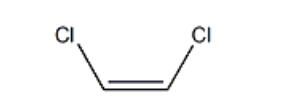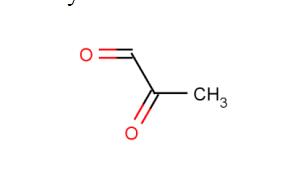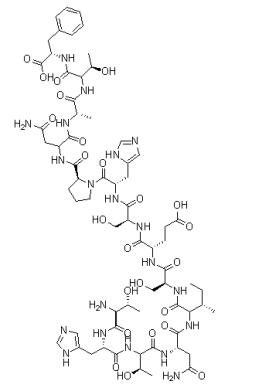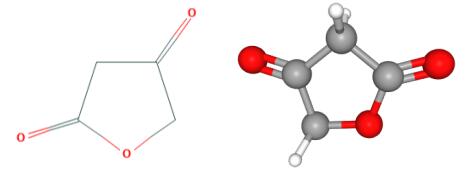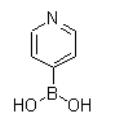From early AD to mid-19 century, people mainly use the natural organic substance (such as animal and plant extracts) for qualitative analysis or quantitative analysis. From the second half of the 19th century to the 1920s, it had begun to appear of artificially synthetic organic reagent such as using potassium acetate xanthan for test of nickel, copper, and molybdenum; using morin for test of aluminum; using diazo coupling reaction for the detection of Nitrite; using α-β-nitroso naphthol for detection of cobalt; using dimethyglyoxime for nickel test. After the proposal of the special-effects group in the 1930s and the proposal of theoretical analysis of functional groups theory in 1950s, people had carried out large-scale screen of organic reagents in search of special-effects analysis groups for different ions and had successfully synthesized a lot of agents of practical value (such as copper reagents, new copper agent, cadmium reagents, beryllium reagent, thorium reagents, etc.). Before the 1950s, the complex compound, in analytic chemistry, is mainly used in the aspects of the precipitation reaction of a binary chelate for the qualitative detection, precipitate isolation and gravimetric separation and other aspects. In the early 1950s and 1960, it is mainly in the form of complexometric titration. From the beginning of the late 1960s, the main focus has been moved to the photometric analysis. Meanwhile, it has been also developed of chelate organic solvent extraction.
What is cis-1,2-dichloroethylene?
cis-1,2-Dichloroethylene can be biotransformed via reductive dechlorination to ethylene by some microbial community.
Feb 26,2020 Organic reagentsWhat is 1-Dodecanethiol?
1-Dodecanethiol is an important organic compound, for example, as a chain transfer agent in material chemistry.
Feb 26,2020 Organic reagentsWhat is Methylglyoxal?
Methylglyoxal is a highly reactive alpha-oxoaldehyde formed endogenously in numerous enzymatic and nonenzymatic reactions.
Feb 26,2020 Organic reagentsWhat is Bis(pinacolato)diboron?
Bis(pinacolato)diboron(C66H98N20O24) appears as powder or platelets. Bis(pinacolato)diboron is soluble in tetrahydrofuran, dichloromethane, toluene, hexane and heptane and insoluble in water.
Feb 25,2020 Organic reagentsWhat is 5'-fluoro-2'-Iodoacetophenone?
The 5'-Fluoro-2'-iodoacetophenone, its CAS number is 914225-70-0, and it also can be called as 1-(5-Fluoro-2-iodophenyl) ethanone.
Feb 21,2020 Organic reagentsTrans-stilbene--Ecological Information
trans-stilbene, also called (E)-Stilbene or trans-1,2-Diphenylethylene is an organic compound represented by the condensed structural formula C6H5CH=CHC6H5.
Feb 21,2020 Organic reagentsWhat is Styrene oxide?
Styrene oxide is a fine chemical product, also known as phenylene oxide, or 1,2-epoxyethylbenzene. It is an important intermediate for organic synthesis and is widely used in pharmaceutical preparatio
Feb 19,2020 Organic reagentsWhat is Tetronic acid?
Tetronic acid is a crystalline enolic lactone C4H4O3 that has acidic properties and is the parent compound of acidic compounds obtained by the fermenting action of a mold (Penicillium charlesii) from
Feb 19,2020 Organic reagentsWhat is Methyl Oxalyl Chloride?
Methyl oxalyl chloride is an important organic intermediate (building block) to synthetize substituted methyl oxalyl products. It can be used for regioselective synthesis of fused coumarins.
Feb 18,2020 Organic reagentsWhat is Pyridine-4-boronic acid?
Organic boron compounds play an important role in organic chemistry, materials science and biochemistry, and can be used in organic synthesis such as hydride borylation of olefin and Suzuki coupling r
Feb 13,2020 Organic reagents



